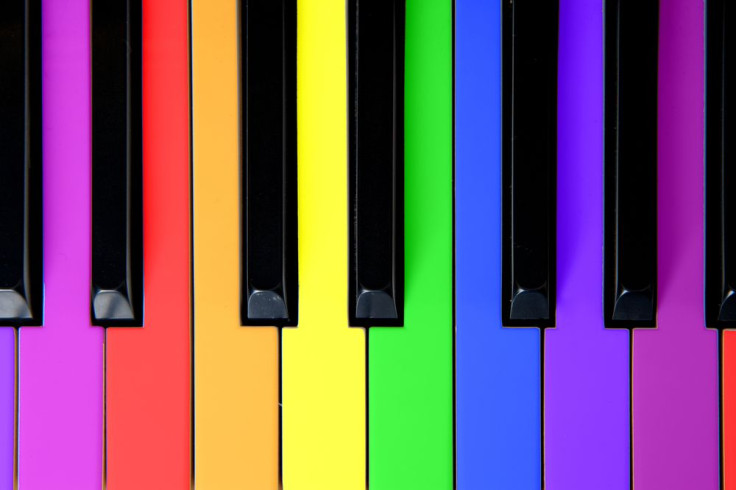Inside Synesthesia: Closer Connections Between Brain Regions May Cause Senses To Blend

Around one percent of the general population experiences synesthesia — a condition which causes a unique perception of the world that is, for the most part, unimaginable for those without the condition. These individuals, known as synesthetes, will hear color and see sounds. Now a study suggests that the reason for this may lie in stronger connections between certain areas of the brain.
In a study conducted at the Australian National University, lead researcher Dr. Stephanie Goodhew and her team set out to understand how the brain of a synesthete interprets the world in comparison to the brain of an individual without the condition. In order to do this, Goodhew investigated how synesthetes handled word association.
Prior to the study, the team predicted that individuals with synesthesia would have a more concrete style of thinking that did not emphasize conceptual-level relations between stimuli. In reality, the exact opposite was revealed and the team found that those with synesthesia had much stronger mental associations between words than the rest of the world.
“For them, words like 'doctor' and 'nurse' are very closely associated, where 'doctor' and 'table' are very unrelated — much more so than for people without the condition," Goodhew explained in a press release.
The team theorized that this may be due to stronger connections between certain parts of their brains, particularly between the areas believed to be associated with language and interpreting color, such as the occipital and temporal lobes. These close connections may cause a triggering effect to be put in place that makes a stimulus which would normally cause activity in just one area of the brain to do so in multiple.
Synesthesia is the involuntary joining of two or more different senses. These experiences vary from individual to individual. Some will explain always seeing the color red when hearing a bell ring, or explain that the sound of piano music “tastes” like coffee. For others, music has a visual property and they can see the air fill with sparkles and waves of colored lights whenever listening to a melody, Medical Daily reported.
The condition is not the product of an overactive imagination, but was rather brought about by the blending of different individual senses. Another hypothesis on the cause of synesthesia is that these individuals don’t simply have closer neural connections but rather excessive amounts of them. Known as the “hyper-connectivity hypothesis,” this theory goes on to suggest that it’s this hyper connectivity which may explain why individuals on the autism spectrum are more likely to have synesthesia than the general population.
Source: Goodhew SC, Freire MR, Edwards M. Enhanced semantic priming in synesthetes independent of sensory binding. Consciousness and Cognition. 2015.



























